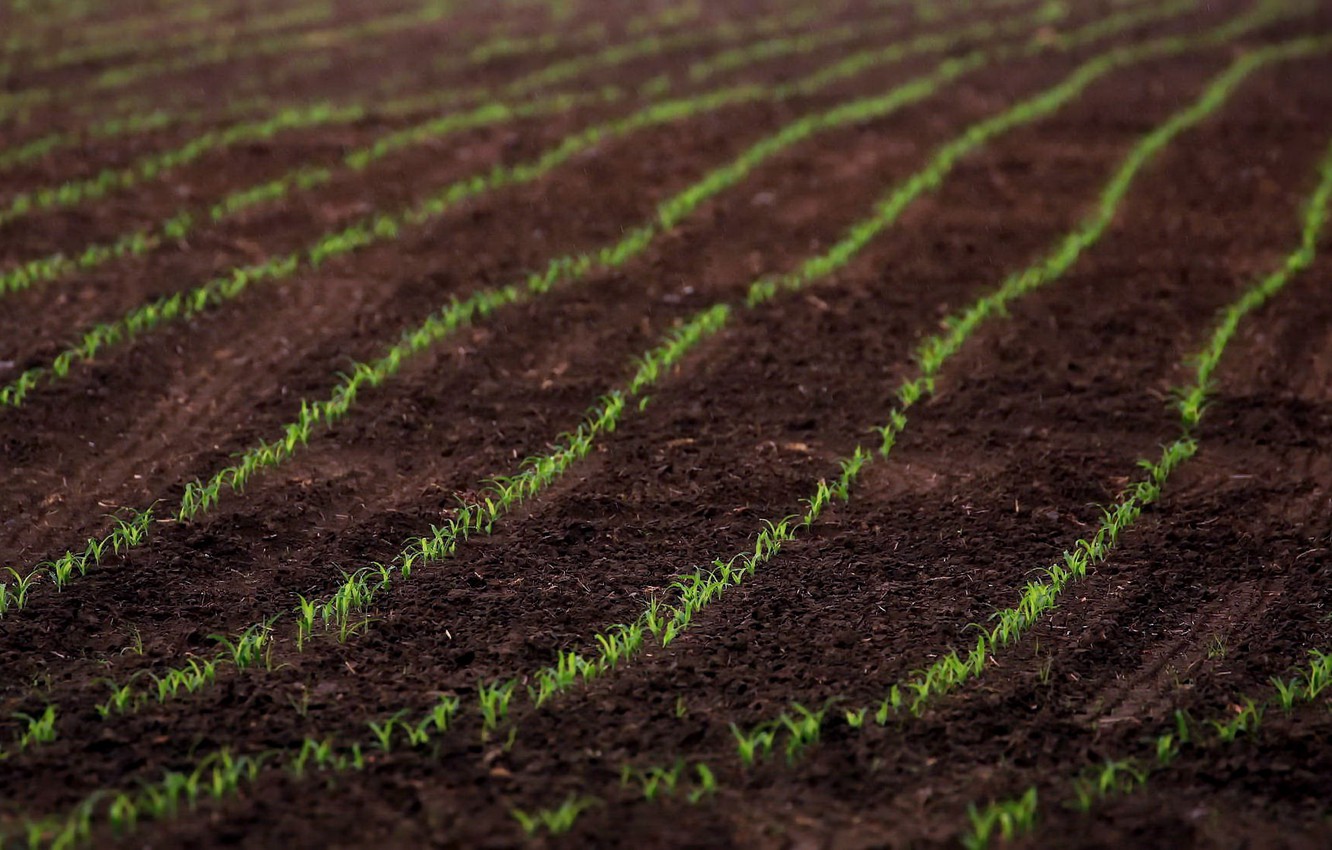For this year’s world soil day, the United Nations Food and Agriculture Organization (FAO) reminded us that 95% of the food we eat comes directly or indirectly from our soils. In other words, ultra-processed alt meats made with pea protein need the soil’s nutrients as much as a head of lettuce does.
The trouble is, global plates are losing those nutrients as soil degrades at a rapid rate. In the last 70 years, nutrients in food have decreased. The UN estimates that 2 billion people — nearly a quarter of the population — suffers from a lack of micronutrients.
About one-third of the world’s soils are already degraded. This loss makes land less productive and, as illustrated above, puts both the food system and human health at risk.
Farming practices that range from tilling to deforestation to overgrazing speed up this soil degradation, which also lessens the soil’s ability to store carbon — something we’ll need to do more of in future to help fight climate change.
Soil degradation impacts regions all over the world. Here’s a quick (non-exhaustive) look at the state of our global soil.
68%: soil erosion in Latin America
Erosion affects more than 68% of soil in South America thanks to the usual suspects, deforestation and over grazing. According to the Natural Resources Defense Council, desertification threatens 27 to 43 percent of territory in Bolivia, Chile, Ecuador and Peru.
More than half the land in Argentina, Mexico and Paraguay are “unfit for cultivation” due to desertification.
Roughly 125 million people living in semi-arid land and sub-humid regions are at risk.
The UN Convention to Combat Desertification (UNCCD) coordinator for Latin America and the Caribbean, José Miguel Torrico, stated that “the annual costs of land degradation are estimated for Latin America and the Caribbean at 60 billion dollars per year.”
6.8 inches: Iowa’s ‘black gold’ lost
According to the USDA Natural Resources Conservation Service, Iowa has lost an average of 6.8 inches of its topsoil since 1850. Estimates suggest that at this rate, there are only about 60 harvests left before the gold is completely gone.
Meanwhile, soil erosion costs the US roughly $37.6 billion in productivity losses each year. Erosion can lead to loss of crops, livelihoods and biodiversity.
25%: desertified European land risk
Roughly one quarter, or 25% of the European continent is at risk of desertification. Most of this is concentrated in southern Europe.
The Mediterranean is by far the most susceptible part of European land to soil degradation and desertification. It has the highest overall erosion rates and the lowest levels of soil organic matter.
Recent research notes that “increasing population, rapid land-use changes, associated socio-economic activities and climate change are imposing high pressures on the region’s shallow soils.”
The region produces much of the world’s olive oils, nuts, tomatoes and wines. But researchers say the Mediterranean is reaching “critical limits for their ability to provide ecosystem services.” Such services include farming and carbon capture.
7.2 million tons: Indian crop loss
Soil degradation is one of India’s most urgent environmental concerns. Nearly two-thirds of the country’s land is under degradation, meaning a decline in land productivity.
The annual loss of crops due to soil erosion in India is estimated to be 7.2 million tons — or 4% to 6.3% of annual agricultural production.
India will soon overtake China as the most populous nation on earth. This could intensify the soil problem even more.
65%: African land degradation
Up to 65% of productive land is degraded in Africa, and desertification impacts 45% of the continent’s land area.
Deforestation is an enormous part of this problem, and it’s a tricky one, too. For example, in Kenya’s Olpusimoru Forest Reserve, a complex web of poverty, ethnic clashes and an expanding population, to name just a few factors, drive rampant deforestation that degrades soils.
Net loss of forests in Africa continues increasing, with the latest estimates putting losses at 4 million hectares of forest annually.
Source - https://agfundernews.com













